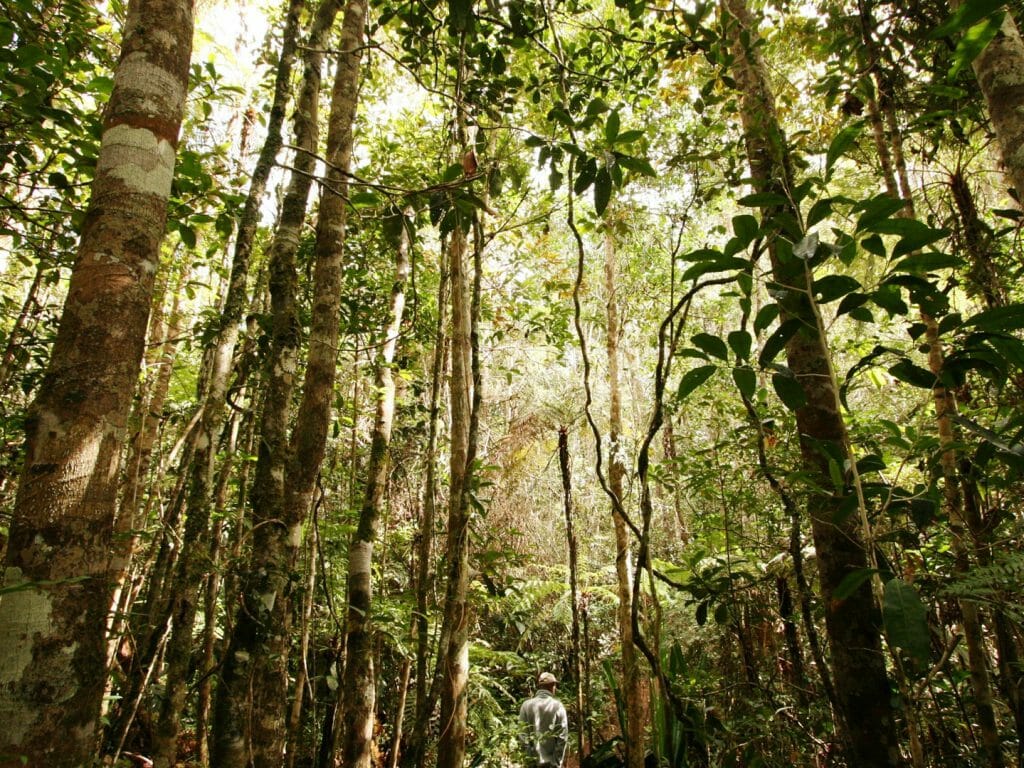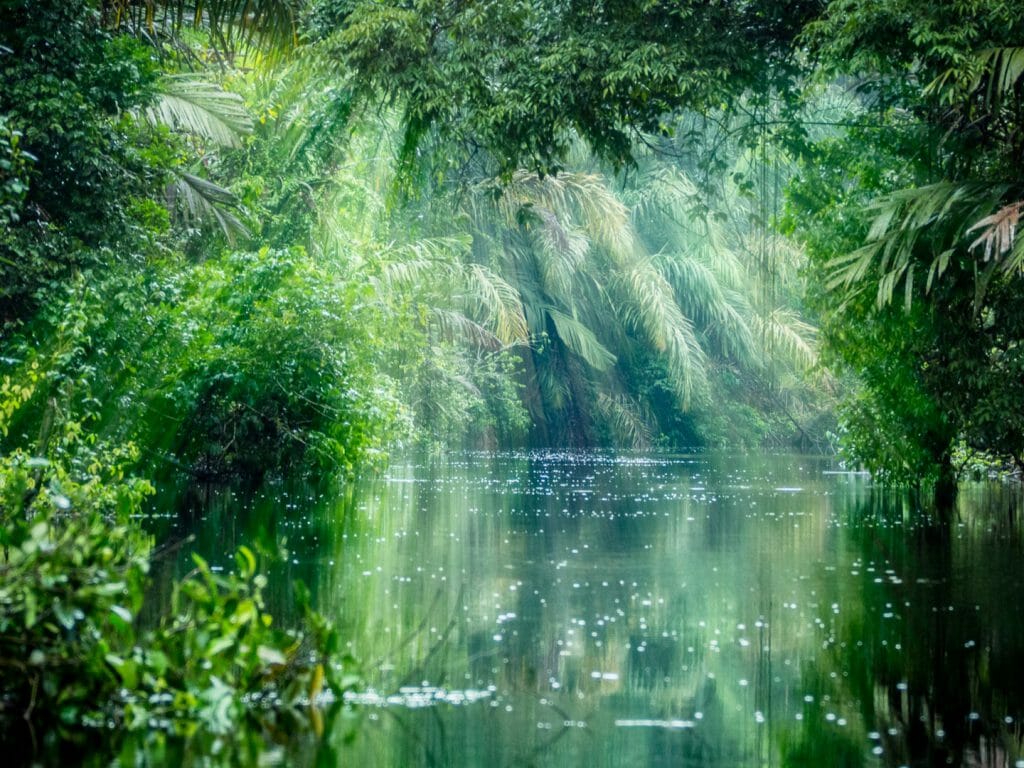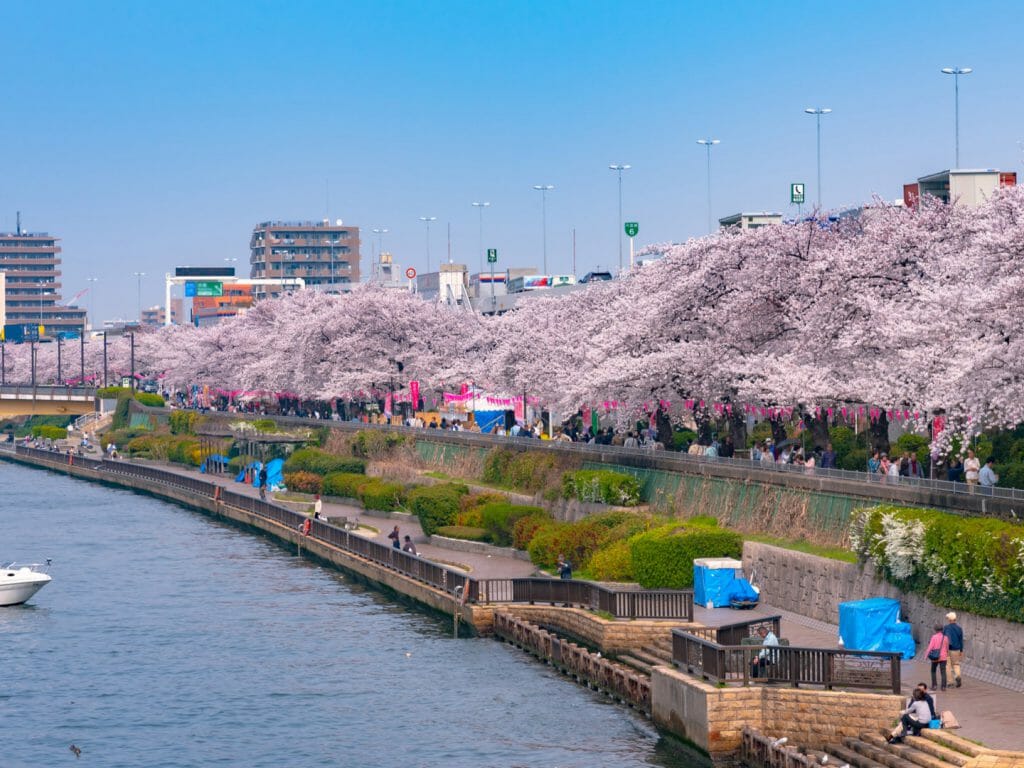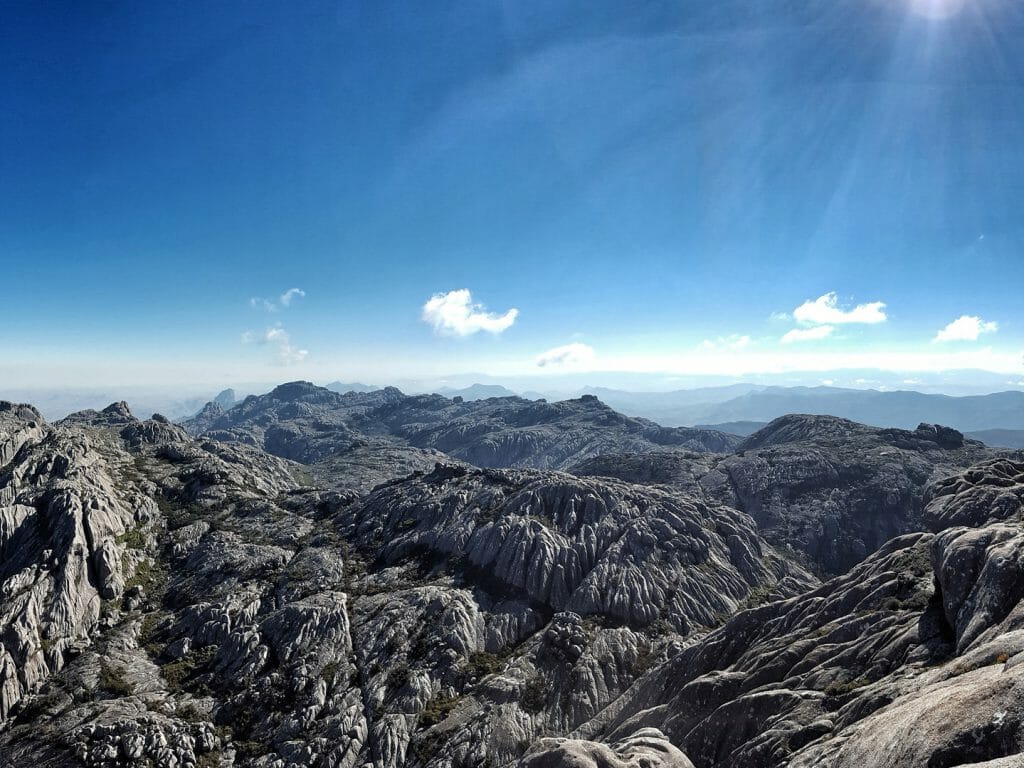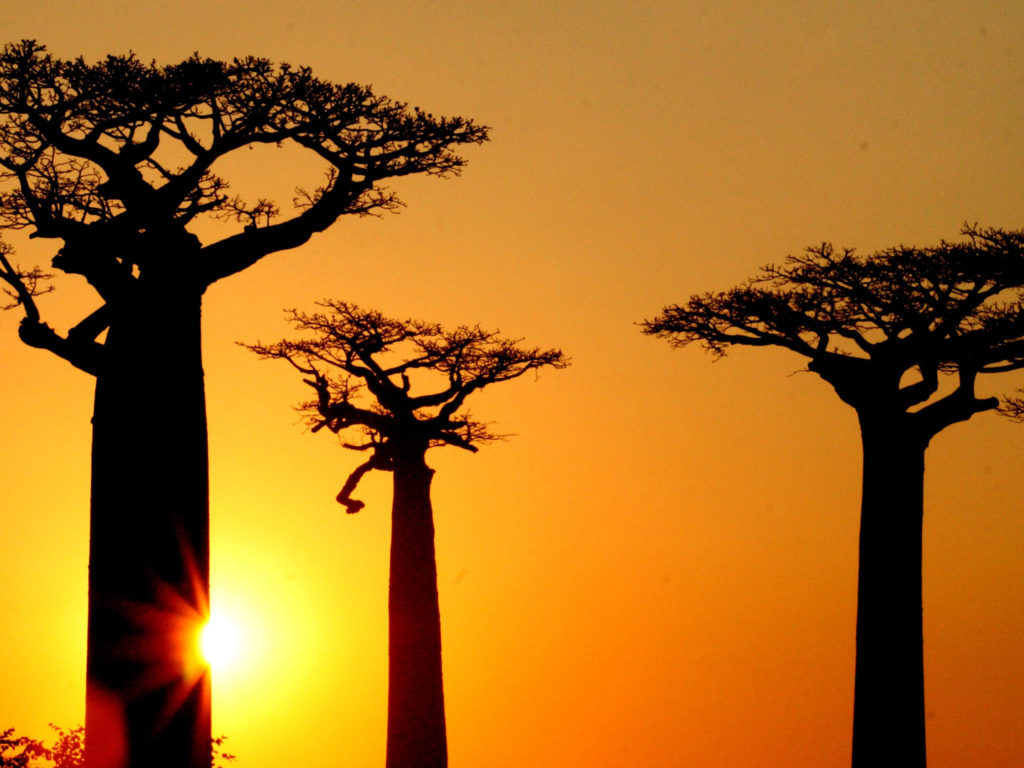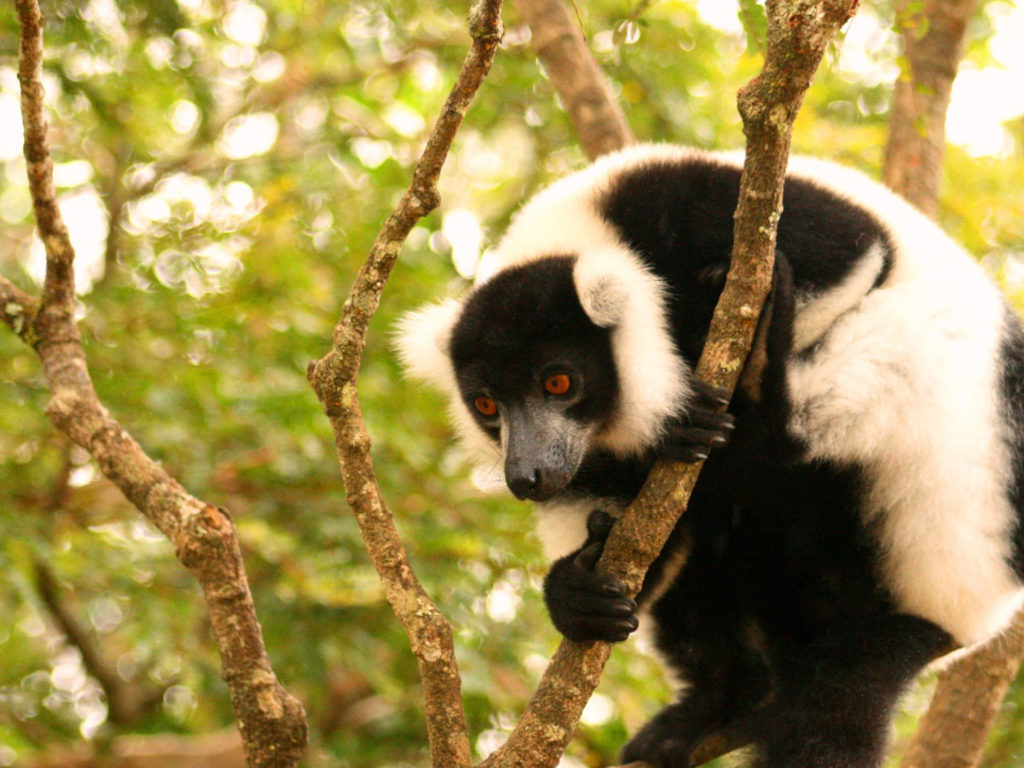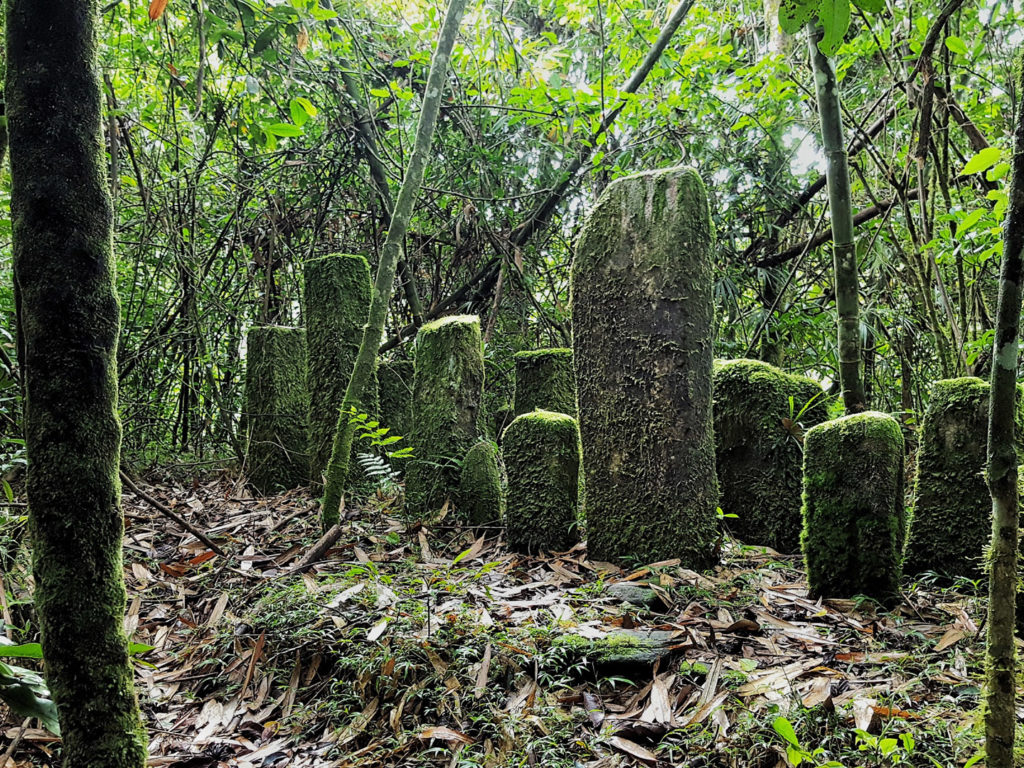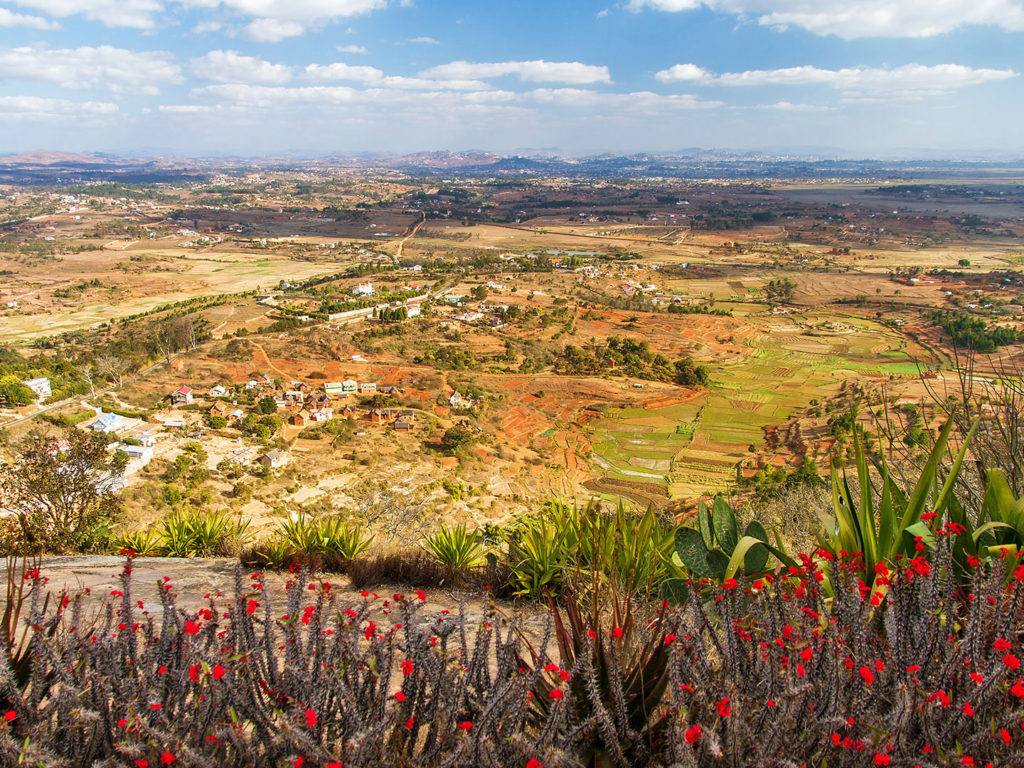A week of travel sits heavy in my legs. As I break into a jog, I feel the blood begin to pump. For once, I’m in Africa and able to run or walk wherever I want. This is Madagascar, where the threat of lions, buffaloes or elephants cannot curtail my Forest Gump-esque approach to exploration.
I’m in Andasibe, in the east of the country, and I have seized my moment. Fresh from having lemurs climb all over me on the unimaginatively named Lemur Island, I have set out for a run in the cooling afternoon sun.
Cutting past rice paddies, I follow a raised embankment as it arrows towards the hills. Wondering if it will continue farther than a few metres, I jog over compressed red earth. Then, the first sign of a railway greets me – a rickety wooden bridge over a wide river, surprisingly still crossable. I slow to avoid the occasional gap in the uneven surface.
Before long, rails appear either side of my feet. Soon, I’m skipping over crumbling sleepers. Winding along the side of a river, this is without doubt a narrow-gauge track. I’m amazed that it is still here, surprised that the rails and sleepers were not ripped up for scrap decades ago.
I wonder who built it. But as the track cuts its way along a steep-sided valley, battling the landscape, I identify the tell-tale man-trying-to-tame-nature approach that so often characterises colonial infrastructure. My money is on the French.
As I head farther along the seemingly abandoned railway, more and more people appear. Huts pop up and I soon find myself jogging through a small village. Young children stare at me in amazement and amusement. I imagine that, in spite of Andasibe’s popularity with tourists, I’m probably the first European to ever appear here.
Beside the rails, bags of hay and charcoal are neatly stacked. On one corner, the soil has slid away, but the rails have been supported from below with wooden struts. On the grassy sections, the occasional tussock next to the rails is blackened with grease. Clearly, this is not as abandoned as I had assumed.
Then, I round a corner and come face to face with a small cart, sitting on the rails. It is piled high with bags. The only evident form of propulsion is human. Knowing that these villages are miles from the nearest road, I realise I have stumbled across an ingenious Malagasy transport network.
Whilst a conventional train has not plied these rails for decades, they have clearly been maintained by the local community as a way of transporting goods to the road in a fast and efficient manner. It is a fascinating discovery. And one that hasn’t made it into the guidebooks.
A few days later, in the country’s remote south, fresh from tripping over iconic ring-tailed lemurs, the running bug strikes again. This time, I set out into low-lying dry forest. I head north from Mandrare River Camp, itself a four-hour drive from the nearest tarred road.
A vast sisal plantation carpets the landscape just beyond the camp. These rows of sharp-leafed plants disappear to the horizon on my left. But as I skirt the edge of the tiny village of Ifotaka, the sisal melts away, replaced by a mixture of gallery forest and invasive prickly pears.
I pass impressive tombs – a common roadside sight in Madagascar – as my feet slip in the deepening sand. This is a country where animism and ancestor worship are still widely practiced. In many areas, remains are uncovered every five years, so that a famidihana, or ‘turning of the bones’ can be performed.
As I run through a small settlement, a child screams with excitement, waving madly. Clearly, the crazy tourist jogging in the hot sand, heading away from civilisation, is an exciting discovery. To him, the idea of running for enjoyment probably seems far more bizarre than breaking into a tomb every five years.
A few minutes later, a group of women walk past me. Out of politeness, I butcher “Salama!” And they smile. But just as I’ve passed them, one turns back towards me. She simply says, “Why?” It’s a good question and one I ask frequently in Madagascar. But I can only shrug and grin apologetically as I run off.
Slowly the vegetation changes and euphorbia trees begin to dominate. These unwelcoming plants stand tall and are covered with thousands of small spikes. Their leafless limbs are stark against the burning blue sky. I recognise the image. This is southern Madagascar’s famous spiny forest.
I know that sifakas and various other lemur species survive in this seemingly inhospitable ecosystem. My eyes scan the vegetation for movement, but I see nothing. As an ankle-height plant catches my leg, drawing blood, I remember to concentrate on where I’m going.
Everywhere I’ve been in Madagascar so far there have been people. It’s one of the joys of travelling this complicated country. But, here, there is no one. The spiny forest is deserted. In the heat of the day, even the animals seem to have shrunk away. This an alien wilderness, appearing devoid of life. All I can hear is the wind whistling through the leafless trees and the soft crunch of sand under my feet.
As I wind my way between unfriendly bushes, the path narrows and the sand gains a terracotta tinge. Soon the spiny forest is beginning to thin, but not before it leaves its mark on my reddening shins. A foot-long chameleon dashes out of the way of my thudding feet and disappears into the bush, dispelling the seemingly lifeless nature of the landscape.
Before long, rows of sisal appear ahead of me. Cultivation of this Agave plant has ruined this ecosystem, but demand for it is growing. Bags made from sisal are seen as an eco-friendly alternative to plastic. The irony isn’t lost on me, as I look across the sea of sisal that stretches from here almost to the ocean.
As my legs begin to tire and an hour in the sun begins to take it toll, I hear a shout behind me. A group of Malagasy boys are running to join me. Excited and full of energy, they jog beside me, running bare foot. Practising their English, they ask, “How are you?” Laughing, they keep up for a bit before eventual falling back.
I have heard the eerie indri call, climbed razor-sharp tsingy and swum with giant turtles on this trip. But, even as my shins sting from fresh scratches, I know that it is these two unplanned runs that best represent the spontaneity and freedom of Madagascar. I have met people, explored landscapes and stumbled across wildlife. And all this required was a pair of trainers and sense of adventure.
Madagascar is the kind of country that begs to be explored. Even after two weeks, I feel I have barely scratched the surface. As the Andasibe railway showed, this is a country that still has its secrets. It is up to you to go and uncover them.


